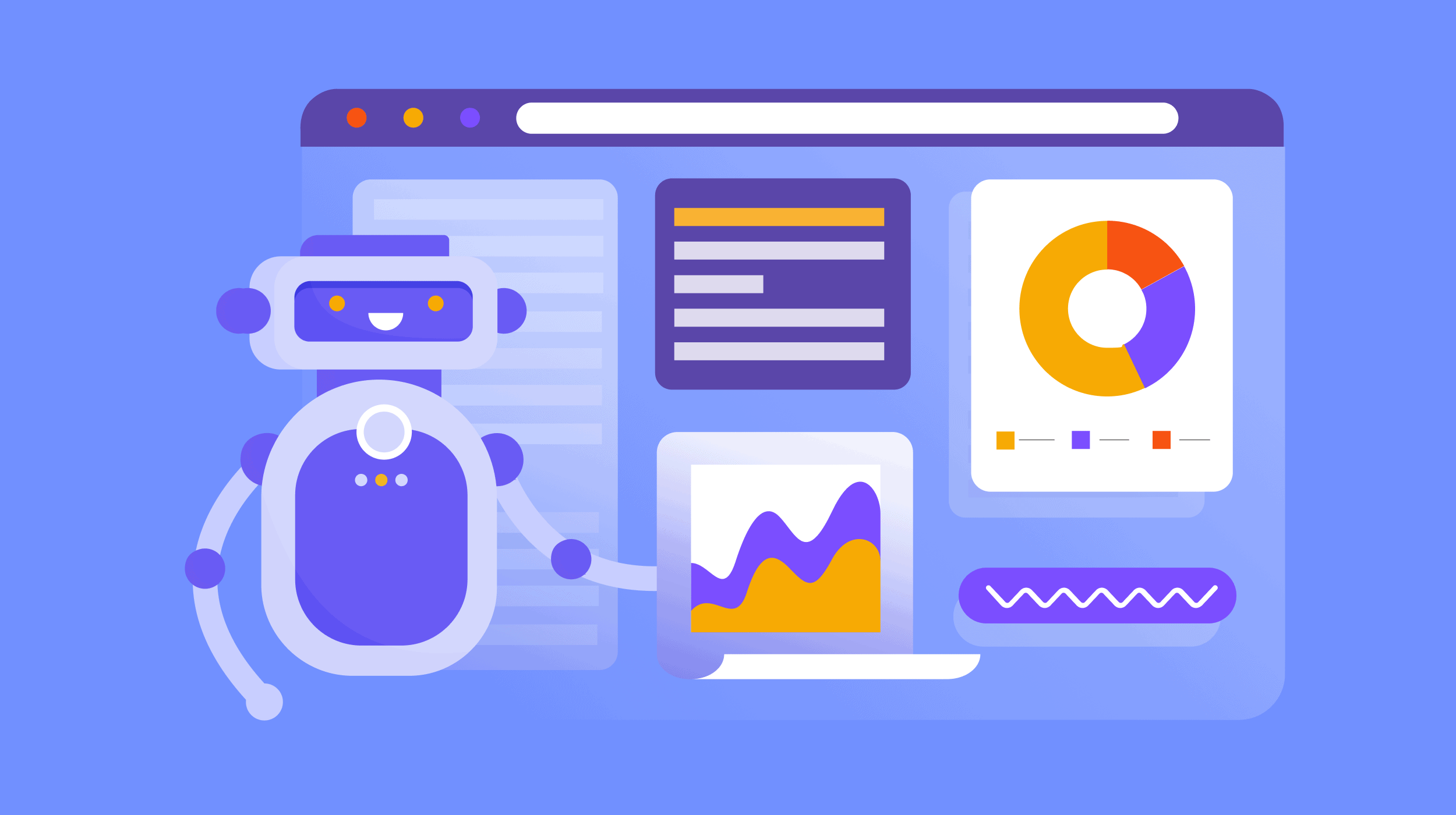AI Content Is 4.7x Cheaper Than Human Content [+ New Research Report]
In this article, we’re looking specifically at the costs and budgets associated with AI content. How much does AI content cost? Are companies investing more, or less? AI-generated content is 4.7x cheaper than human-written content. The average cost per...
![AI Content Is 4.7x Cheaper Than Human Content [+ New Research Report]](https://ahrefs.com/blog/wp-content/uploads/2025/06/ai-content-is-4.7x-cheaper-than-by-ryan-law-data-studies.jpg)
We surveyed 879 marketers to understand how generative AI is changing content marketing: the workflows, the costs, the results…and the risks. In this article, we’re looking specifically at the costs and budgets associated with AI content. How much does AI content cost? Are companies investing more, or less? Read the full research report Download and read the full PDF report here (no email required): The State of AI in Content Marketing. It includes extra research and analysis on AI content performance and costs, expert commentary from a dozen content and AI experts, and the full research methodology. We asked respondents how much they spend to create a single blog post. Unsurprisingly, AI-created content is much cheaper than human-written content. At the lowest end of the spectrum, 87% of AI users reported a cost of $0–100 per blog post, compared to 39% of non-AI users. At the high end, 11% of non-AI users reported spending greater than $1,000 per blog post, compared to just 2% of AI users. 4% of non-AI users report spending greater than $5,000 per blog post. We used the midpoints for each range to calculate an approximate weighted average cost. For AI-generated content, this average cost was $131; for human-created content, it was $611, or 4.7x greater. Whether or not they use AI, our respondents spend the same amount on their content marketing strategies. The average monthly spend on content marketing was almost the same in the AI and non-AI segments: $2,475 and $2,442, respectively. Given the reduced marginal cost of AI content and the increased publishing frequency it enables, this suggests that AI content is primarily a cost-cutting measure, allowing companies to publish more content with the same budget—instead of unlocking radically new or different content strategies. Segmenting the data further by company size, AI use seems to save the most money for the smallest (micro) and largest (enterprise) companies: “It’s interesting that companies using AI aren’t necessarily spending less—they’re producing more with the same budget. Even though we’re still in a tough budgetary environment, companies are still investing to shift from the constant struggle of creation to focusing on strategy, audience insights, and measuring actual business impact. We’ve seen the same at Campfire—the efficiencies AI has created has allowed us to experiment more and more quickly (eg, AB testing ad copy at scale), and we’ve actually invested more in our own content in Q1 because we feel there are economies of scale to AI use that we couldn’t generate before.” “One way to read this data: content budgets are similar across AI and non-AI-using companies. Instead of using AI as a justification for increasing spend, AI is instead being used to make the same budget go further, creating more content for the same total cost.” Unsurprisingly, almost none of our respondents plan to reduce their spend on AI content. Over half of respondents plan to increase spend on AI content in the next year (17% “increase significantly” and 34% “increase”). 43% plan to keep their spend the same, while just 6% plan to decrease spending (5% “decrease” and 1% “decrease significantly”). Grouping data by company size, micro (1–9 employee) companies are the most likely to increase their spend, while enterprises (1,000+ employees) are the least likely to decrease their spend: AI tools are extremely cheap. Almost two-thirds of our survey respondents (64%) spend less than $500 per month on content tools. At the low end of the spectrum, 47% of respondents reported spending $1–100 on AI tools per month, with 15% spending $101–250. Only 2.6% of respondents spend over $1,000 per month. Using the midpoints of each range, we can calculate an estimated weighted average spend of just $188 per month. Generative AI has been so disruptive in part because of its low cost. We have access to a freemium SaaS product that can write articles, generate code, and create images. API calls are becoming cheaper and cheaper too, so even advanced users with complex workflows can access AI for extremely low prices. AI Content Helper from Ahrefs We’ve built a content tool that uses AI in all the right ways: AI Content Helper. AI Content Helper marries human creativity with AI efficiency and Ahrefs’ competitor intelligence. It’s designed to help content and SEO teams scale their content production and improve their search rankings—without sacrificing human creativity and skill. AI Content Helper’s features include: Although it seems possible that AI content will eat away at the market for freelance writing, our data suggest that AI content is far from a wholesale replacement. When asked how much money AI users saved per month, the most common response (45%) was that they were not saving money. 38% of respondents reported reducing their expenditure on writers and freelance writers as a result of adopting AI. Only a very small percentage (2.99%) reported saving over $5,000 per month. The most commonly reported savings fell into the $1–500 and $501–1,000 range. Using the midpoints of each range we can calculate an estimated weighted average saving of $603. “AI is not here to replace content teams—it’s here to make them more efficient, creative, and strategic. The brands that invest in AI training now will have a clear competitive edge, producing high-quality content faster while maintaining authenticity and brand voice.” “Something we’ve seen with generative AI is that it can unlock new types of consumer demand, instead of simply replacing existing demand. So far, AI search seems additive to traditional search—and the same may be true for access to content marketing. AI might allow companies that couldn’t otherwise afford any type of content marketing to access it for the first time.” Want to learn how marketers use AI for content creation, or how well it ranks relative to human-written content? You can download and read our full PDF report here (no email required): The State of AI in Content Marketing.
How much do you pay for the average blog post?AINo AI $0–$100 87.15% 39.02% $101–$500 8.52% 30.49% $501–$1,000 2.23% 19.51% $1,001–$2,000 1.26% 3.66% $2,001–$3,000 0.42% 2.44% $3,001–$4,000 0.28% 0.00% $4,001–$5,000 0.14% 1.22% $5,001+ 0.00% 3.66% 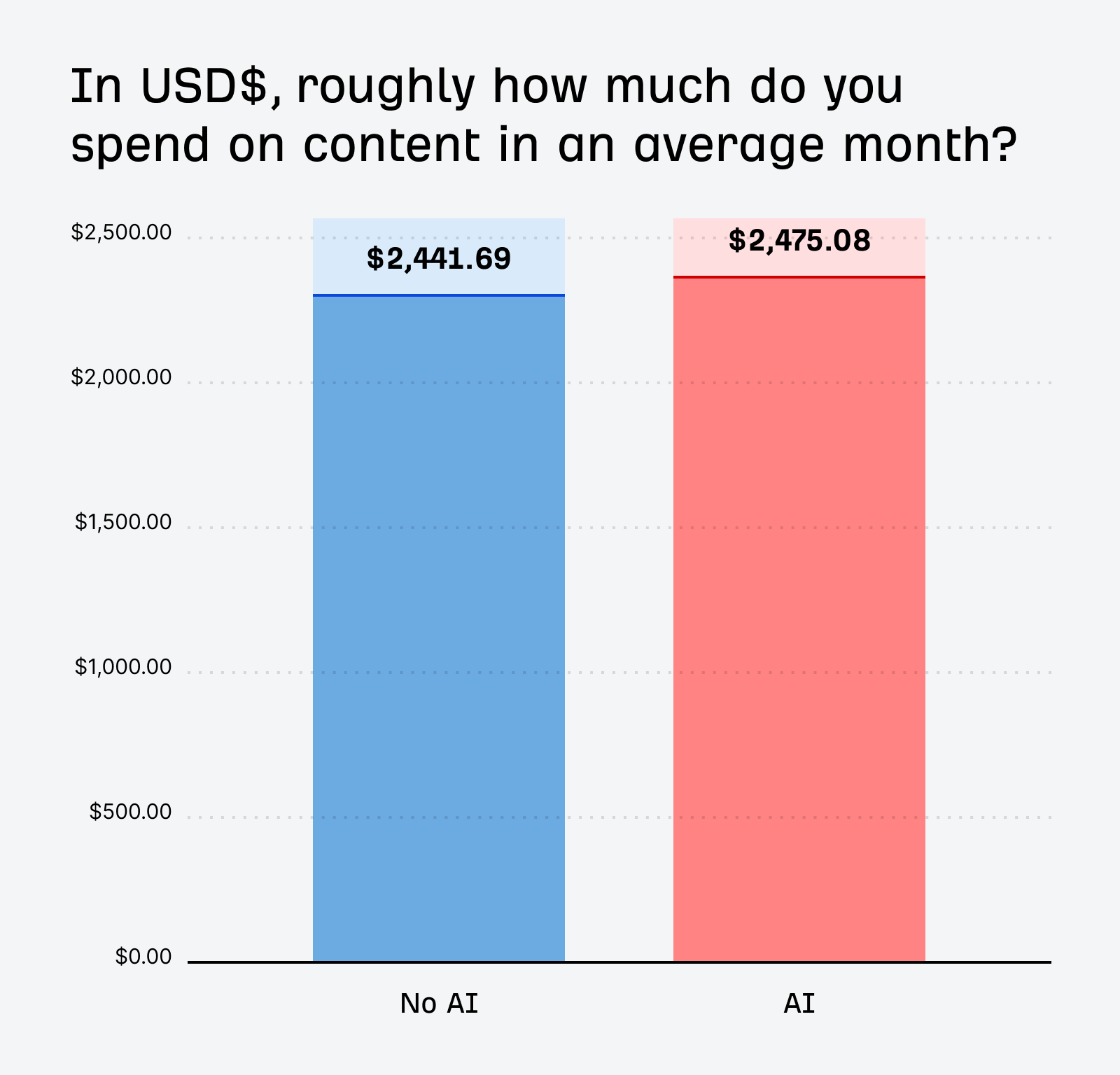
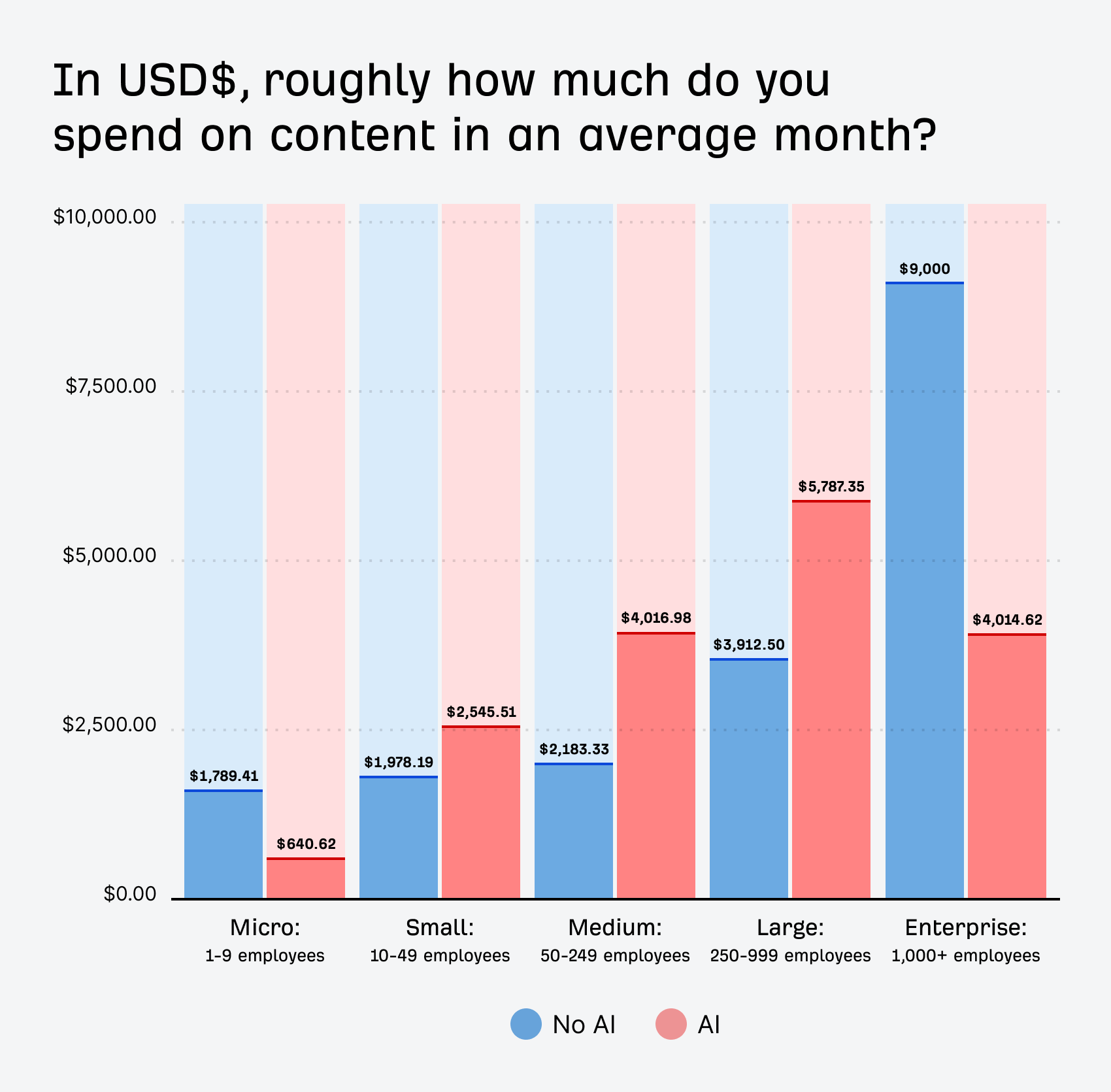
What the experts think


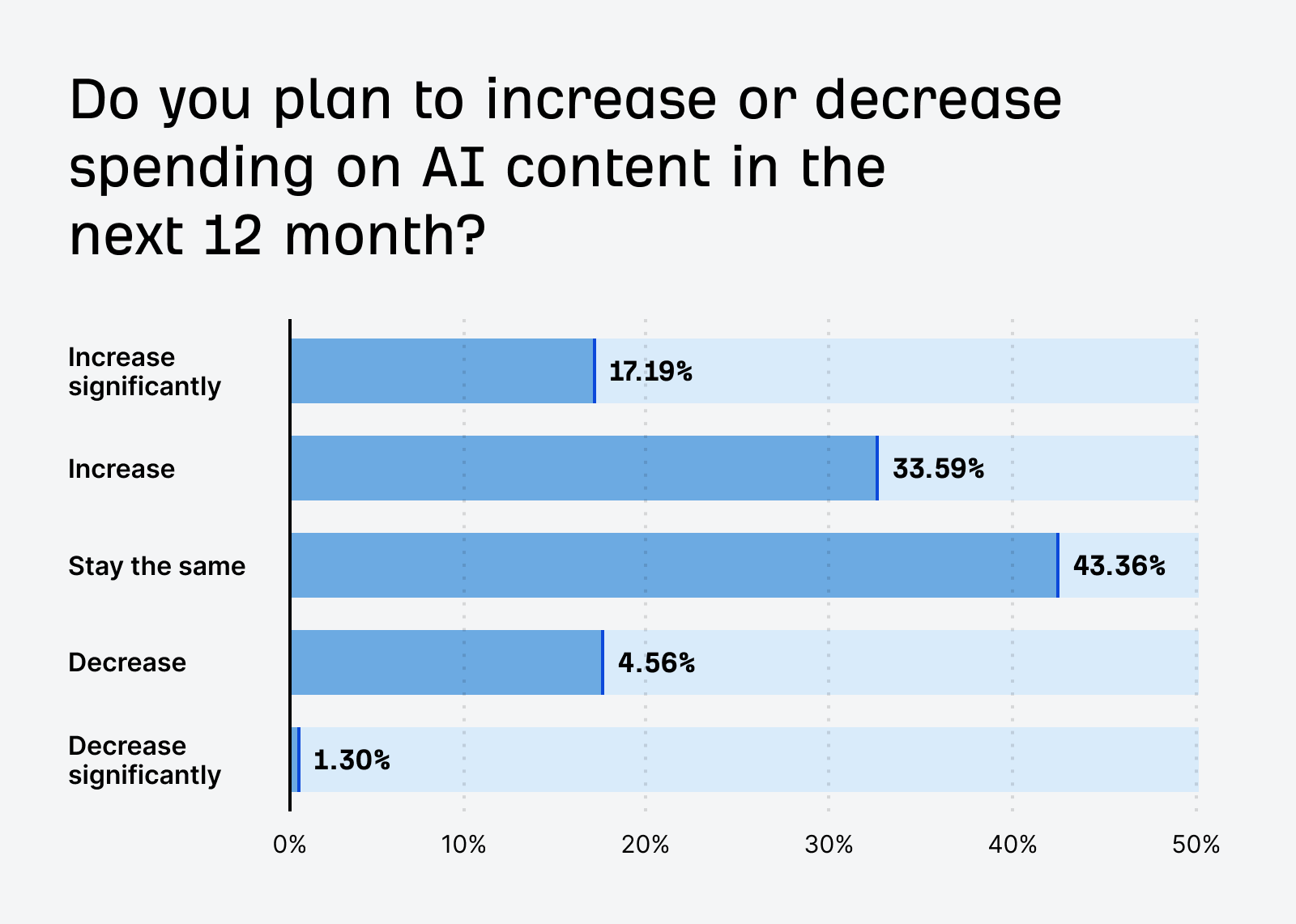
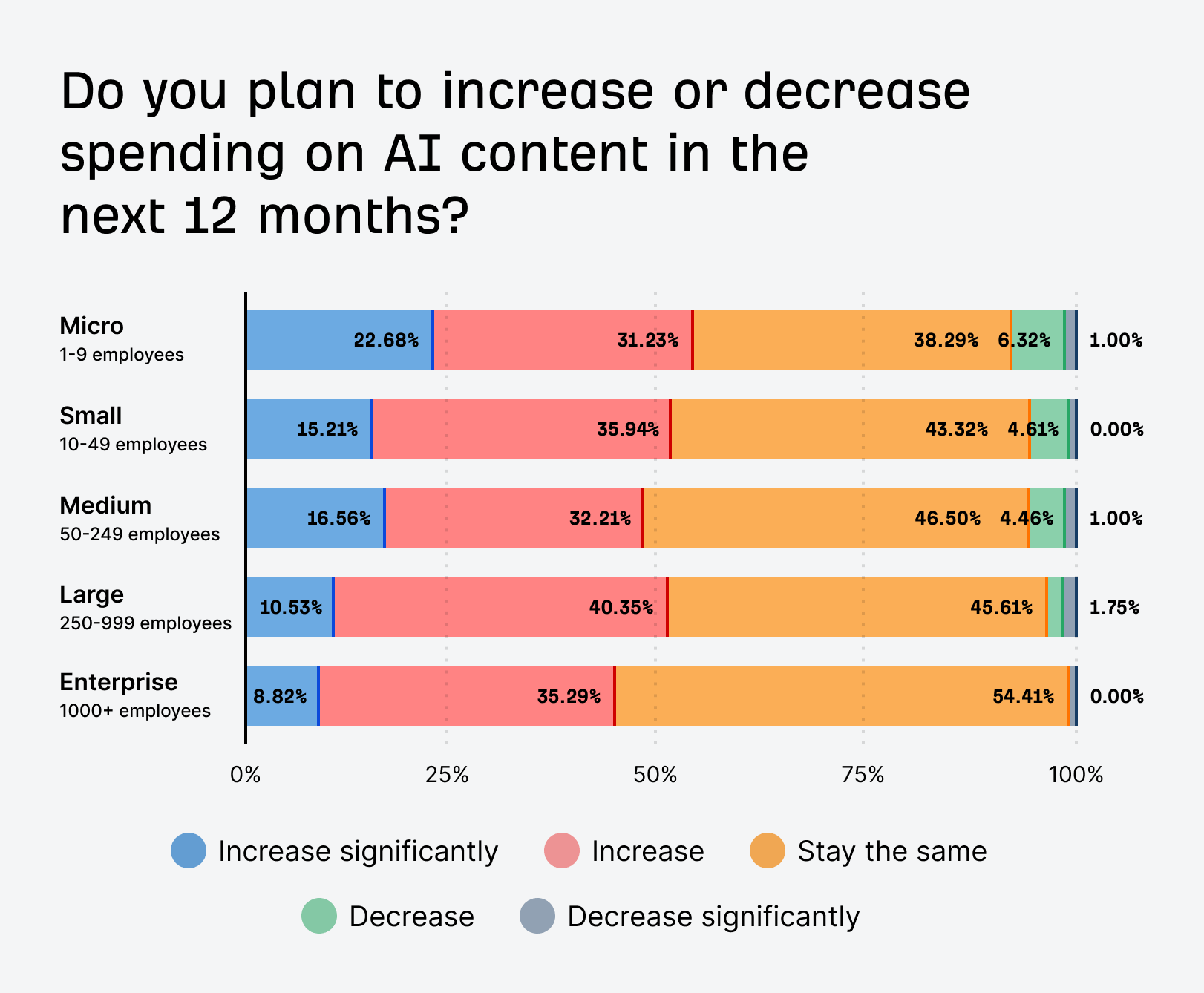

What the experts think

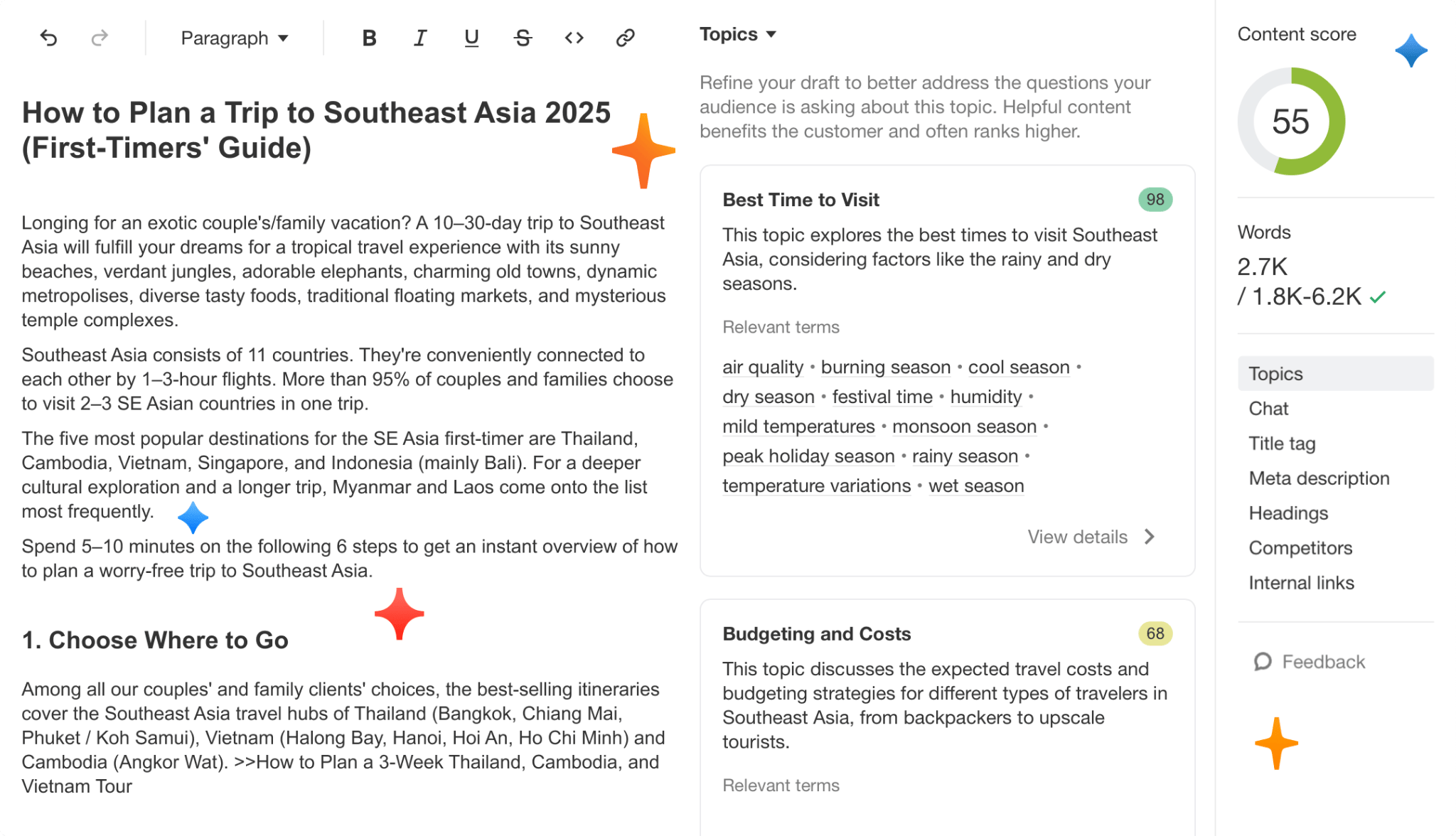
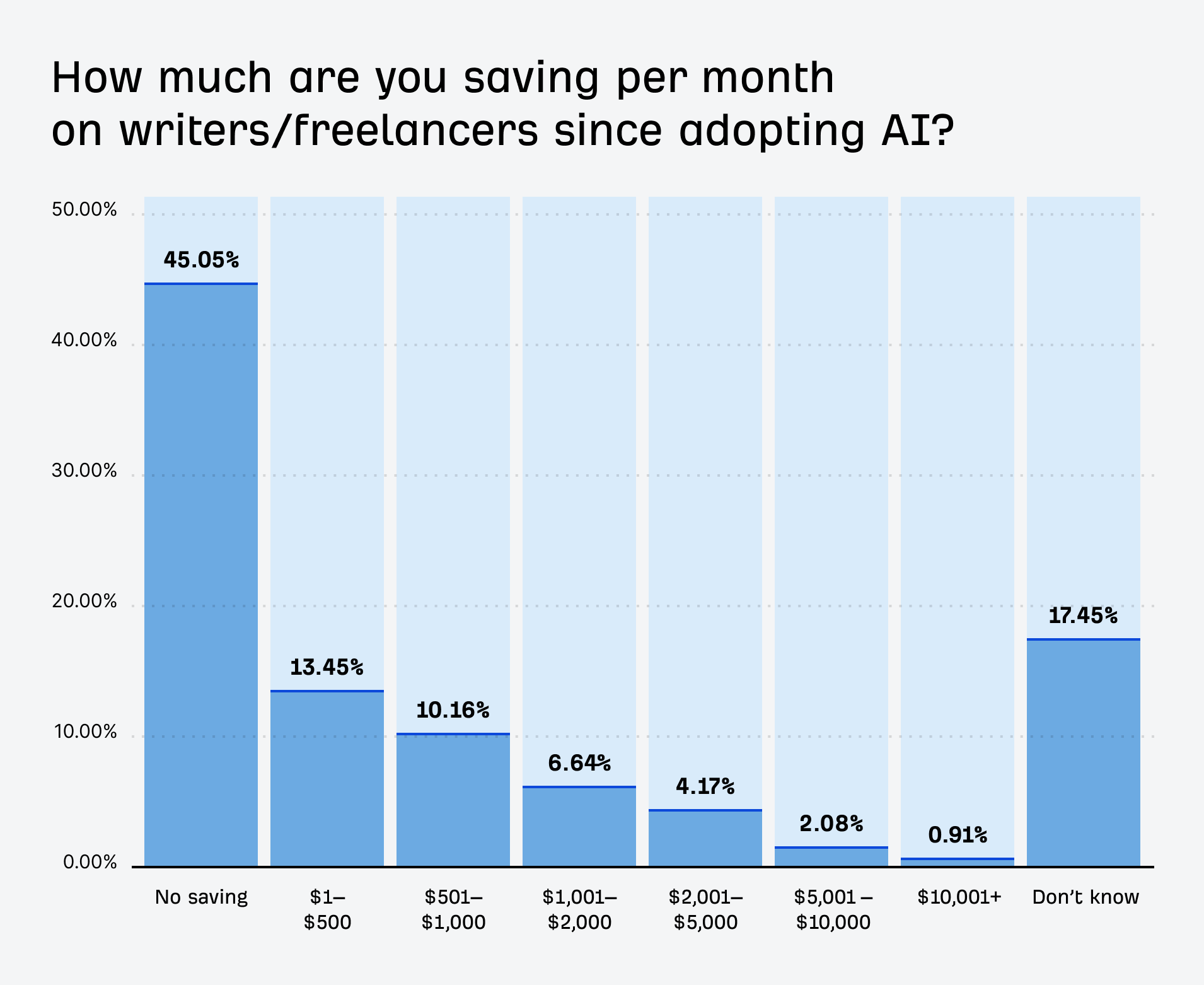
What the experts think



 Aliver
Aliver 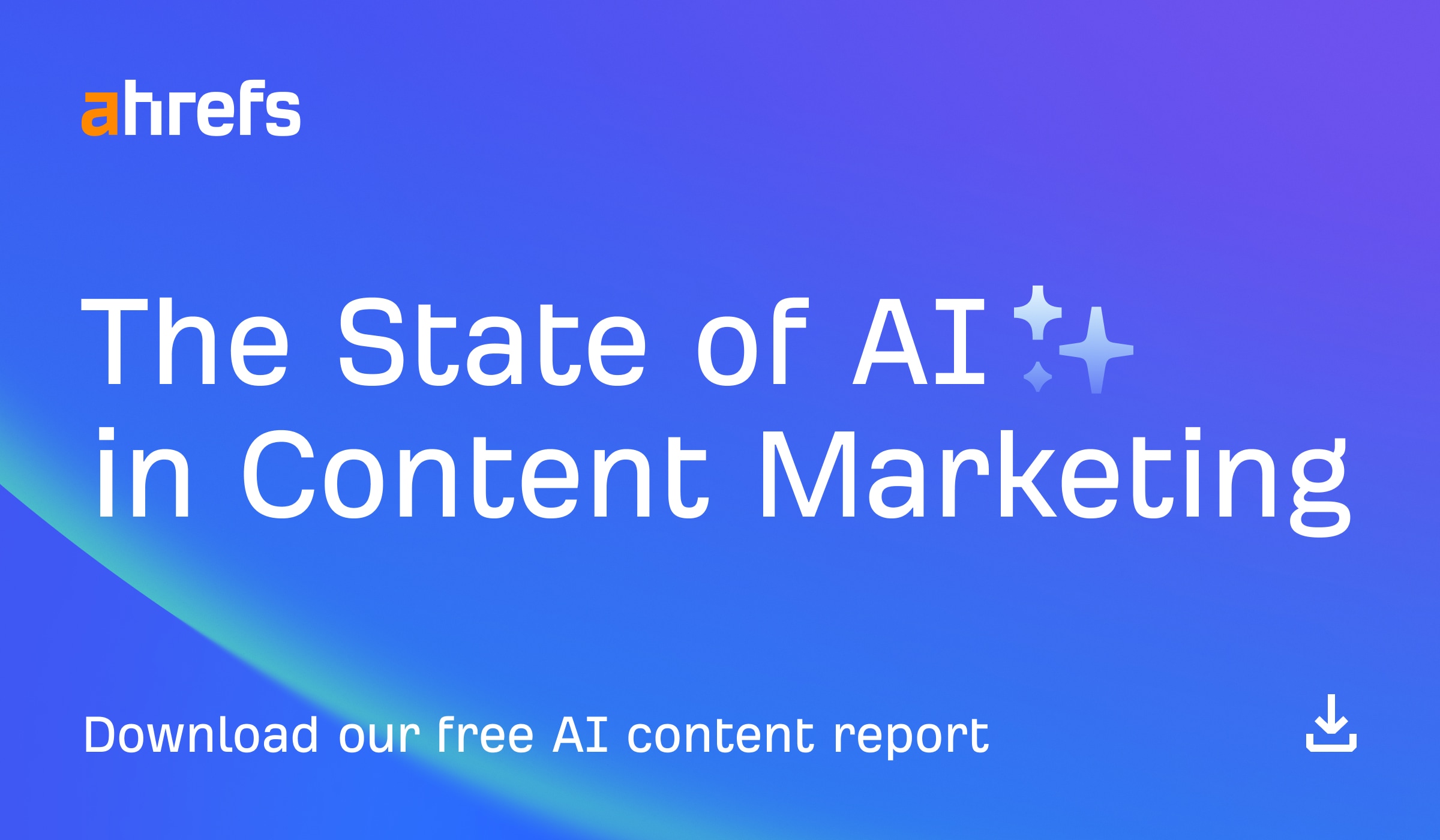




















![The 2026 AI Search Benchmark Every SEO Leader Needs [Webinar] via @sejournal, @lorenbaker](https://www.searchenginejournal.com/wp-content/uploads/2025/11/1-259.png)






